The city of Baia was a center of hedonism for the Roman elite. Much like Las Vegas, Baia catered to the desires of the rich and powerful.
The debauchery didn’t last as the Saracens sacked the century in the 8th century. By 1500, the last remaining residents left. Today, you can find a large part of the sunken city of Baia submerged in the bay of Naples.
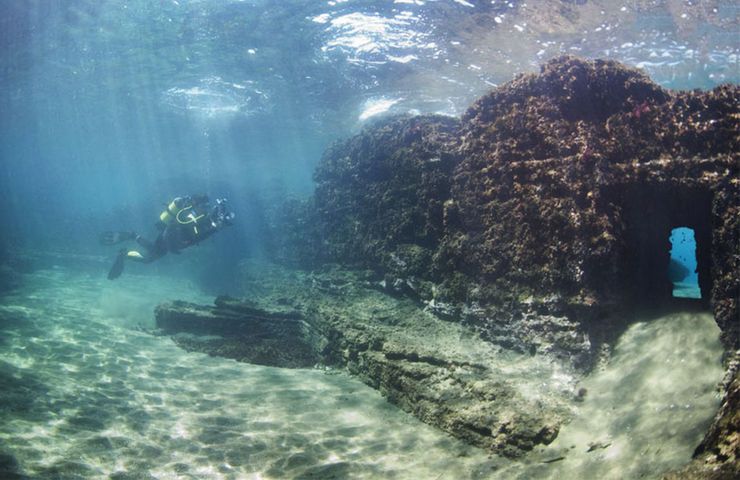
The History of Baia
The is located on the Gulf of Naples’ northwest shore. It’s believed to be named after Baius, one of Odysseus’ crew in Homer’s Odyssey.
The town sits on the Phlegraean Fields, which is known for heavy volcanic activity, making it the perfect location for the hot springs that would make the town famous.
Some think the builders intended Baia to be a port for Cumae, but it was a popular resort for the elite by the end of the Republic. Pompey, Lucullus, and Julius Caeser were frequent guests during this period.
During the Empire, Augustus bought much of the town. Nero built a massive villa in the 1st century CE, and Hadrian actually died there in 134 CE.
Baia was also the location of one of Caligula’s most infamous actions. In Gaius Suetonius Tranquillus’ The Twelve Caesars, he described how Caligula built a three-mile-long pontoon bridge from Baia to Puteoli and rode a horse across the bridge while wearing a gold cloak.
As time passed, the city began to sink into the ocean, driving many residents away. More people fled when Muslim raiders sacked the city in the 8th century and the remaining people fled around 1500 when a malaria outbreak devastated the town.
How Did It Sink Into The Ocean?
Baia sits on a collapsed caldera with a large amount of seismic and volcanic activity. As the magma underground chambers fill and empty, the ground descends in a process called bradyseism.
Between the 3rd and 5th century CE, Baia began to sink into the ocean. By the time it was sacked in the 8th century, the lower part of the city was completely submerged in the sea. Currently, 328 feet of the site sits in the bay.
Baia Today
Today, Baia is a great tourist destination and one of the only places you can see an underwater city. You can see it by scuba diving, snorkeling, or even through glass-bottom boats.

This experience doesn’t even include what’s above water. If you don’t want to get into the water, you can explore some amazingly well-preserved Roman ruins.
Before the Pantheon in Rome in 128 CE, The Temple of Mercury was famous for having the world’s largest dome. This miraculous piece of engineering was 71 ft in diameter. The temple itself held the cold swimming pools of the city’s public baths.
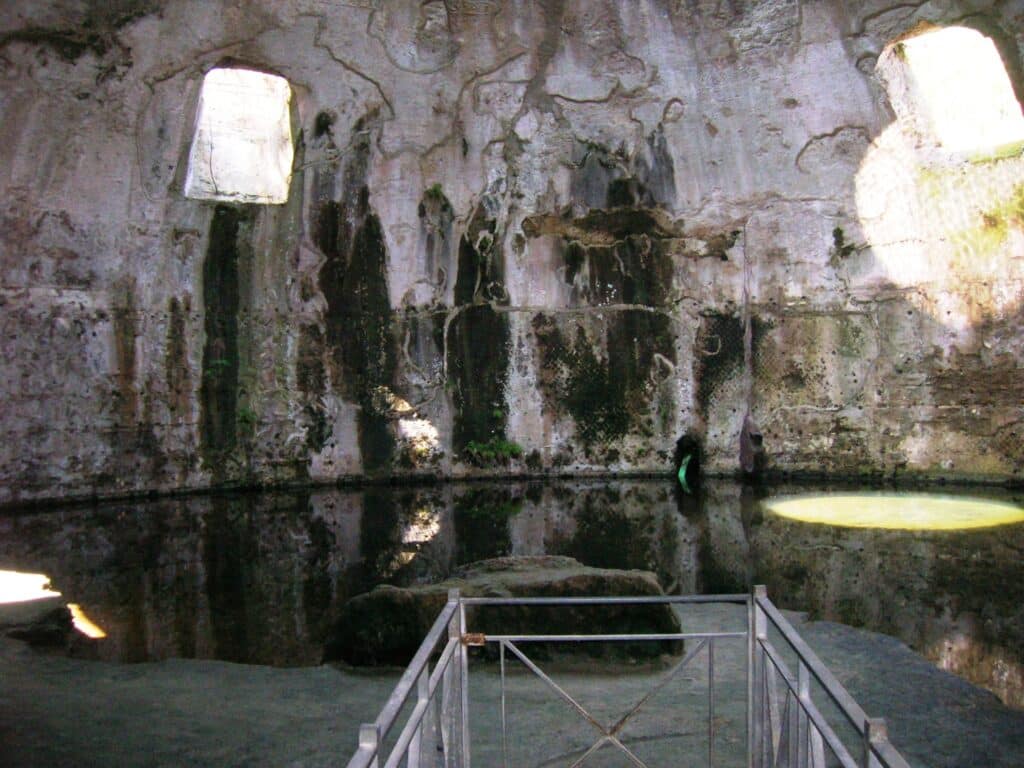
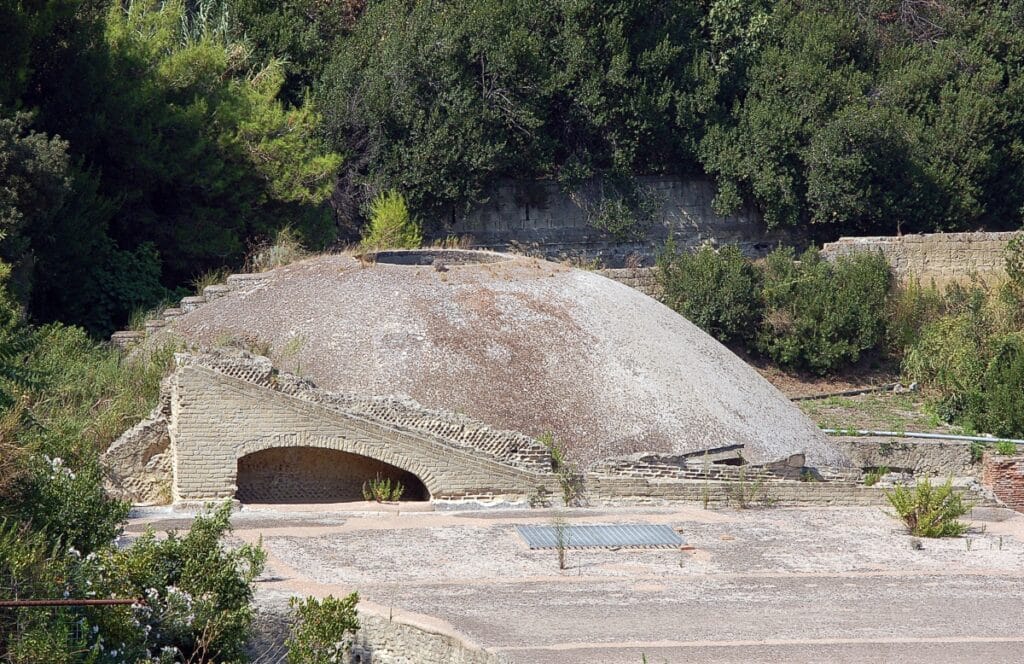
The Temple of Diana was another impressive architectural feat, though it is half-collapsed today. Romans designed the structure to capture vapor from the thermal baths it held.
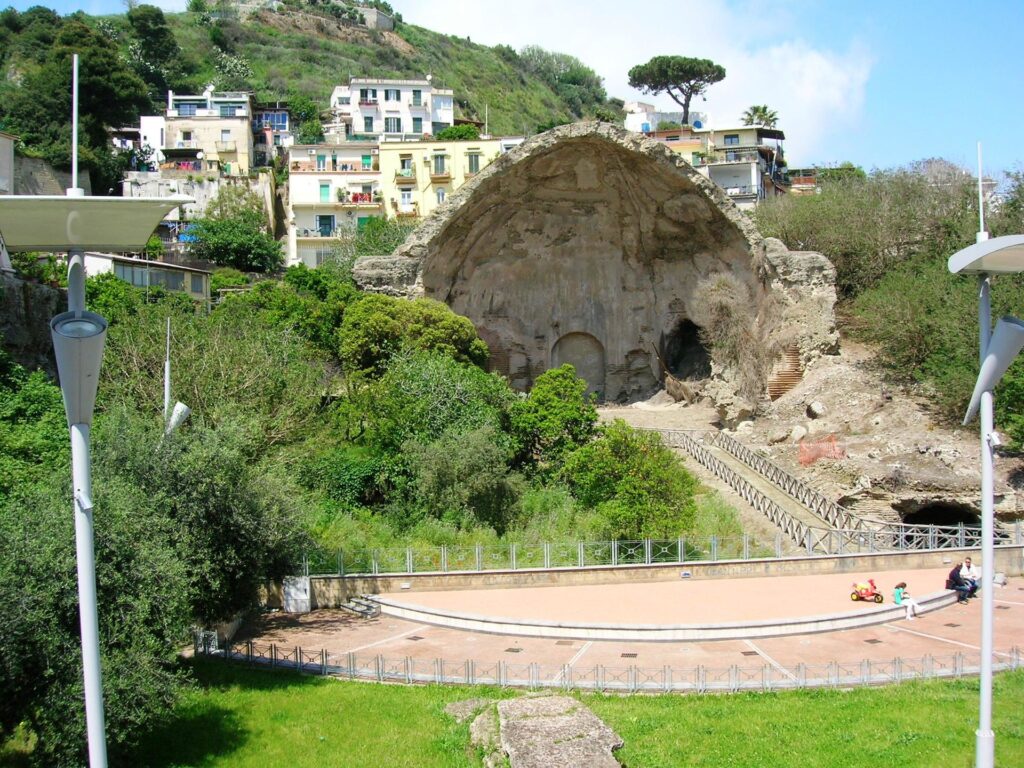
Deep underwater, you can find a nymphaeum built by Emperor Claudius. If you’re unfamiliar, a nymphaeum was a monument consecrated to nymphs, which Romans believed were minor gods. You can see the many sculptures that populated, along with others found, in Baia’s museum.
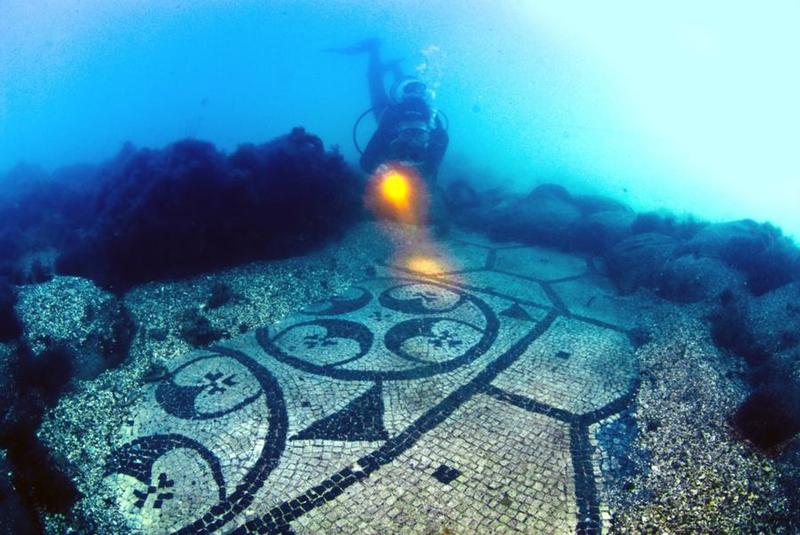
The Temple of Venus gets its name from the 16th-century Neapolitan historian and writer Scipione Mazzella, who claims he discovered a statue of Venus there. This octagonal building is missing some of its walls and its roof.
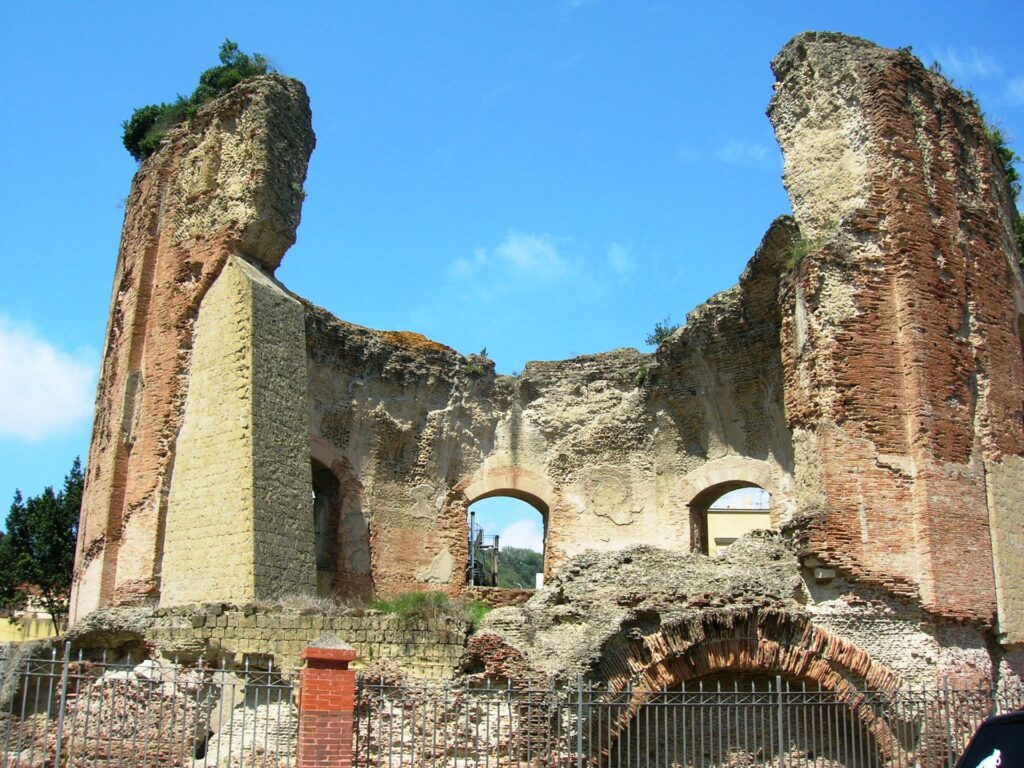
You can find the remnants of the private and public bathhouses that made the now sunken city of Baia famous throughout the area. A complex system of chambers and channels created by Roman engineers funneled warm water from hot springs into these saunas. Romans used baths for relaxation and medical purposes, stemming from the physician Asclepiades, who recommended warm and cold baths to remedy illness.
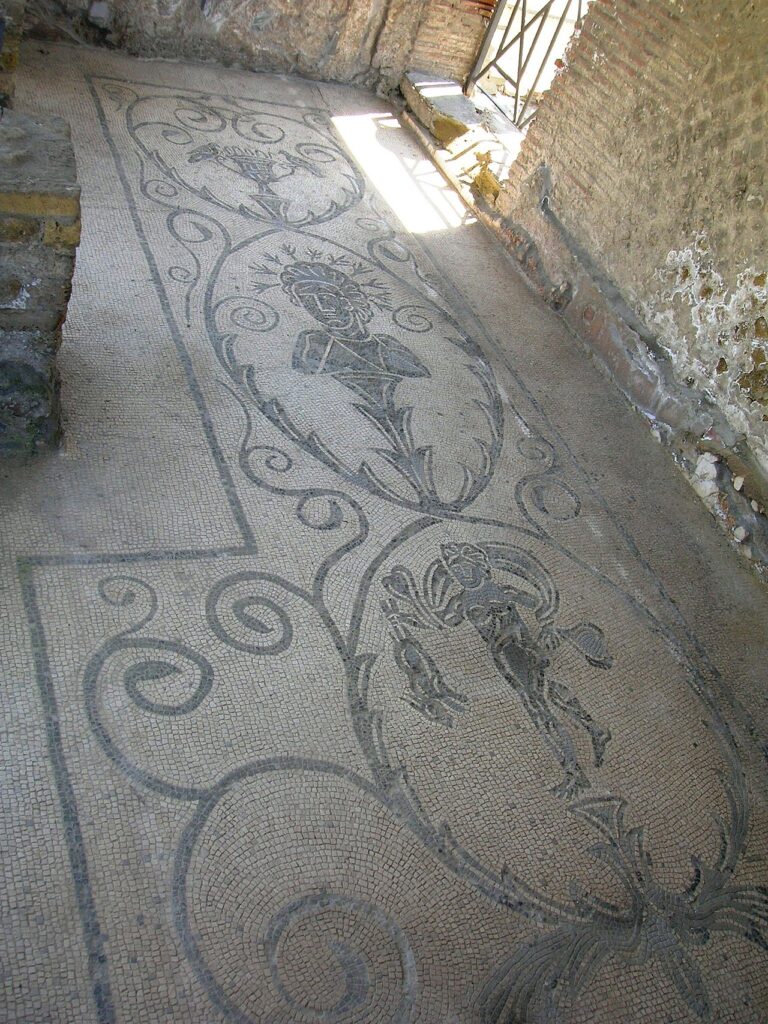
High up looking over the sea is the Villa of Ambulatio, which consists of six gardens connected by staircases. Most of the structures are gone, but some rich and powerful Romans likely lived in this area.
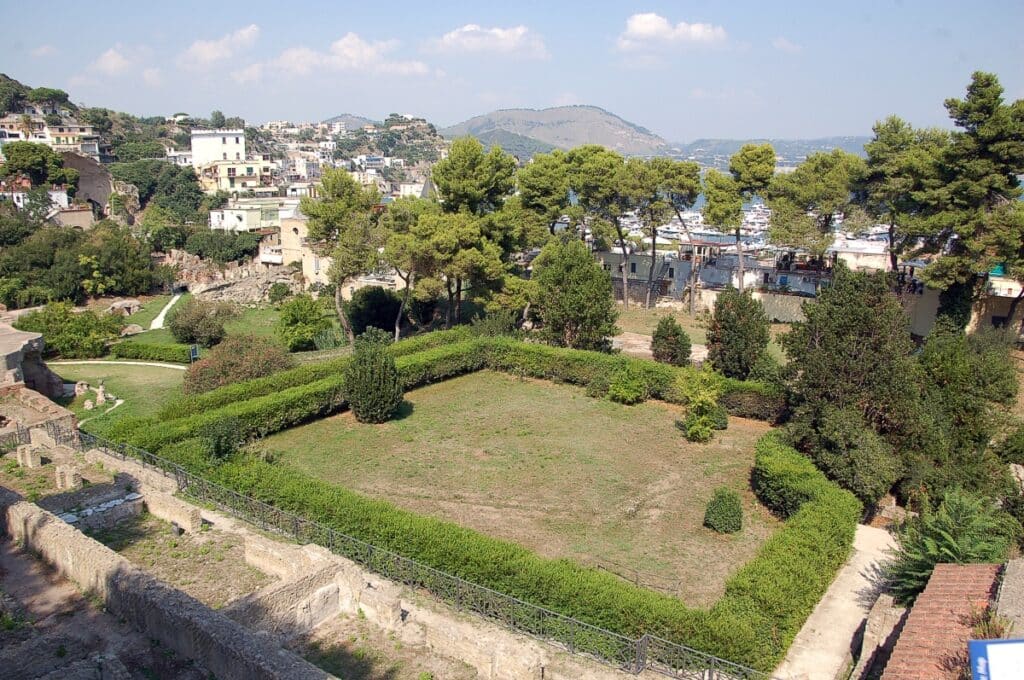
The Sector of Sosandra is an exciting area because we don’t know how Romans used it. Like the Villa of Ambulatio, it’s a series of interconnected terraces that held a spa, hotel, or villa. Some even believed that it was a meeting place for Nero and the nearby Miseno fleet.
If you’re ever in Italy, the sunken city of Baia would be a fantastic place to visit. Time didn’t preserve the structures as well as Pompeii, but there’s something novel about an underwater city, especially when it’s full of such exciting history.


thank you for the article
Nice city to visit under water
If possible.